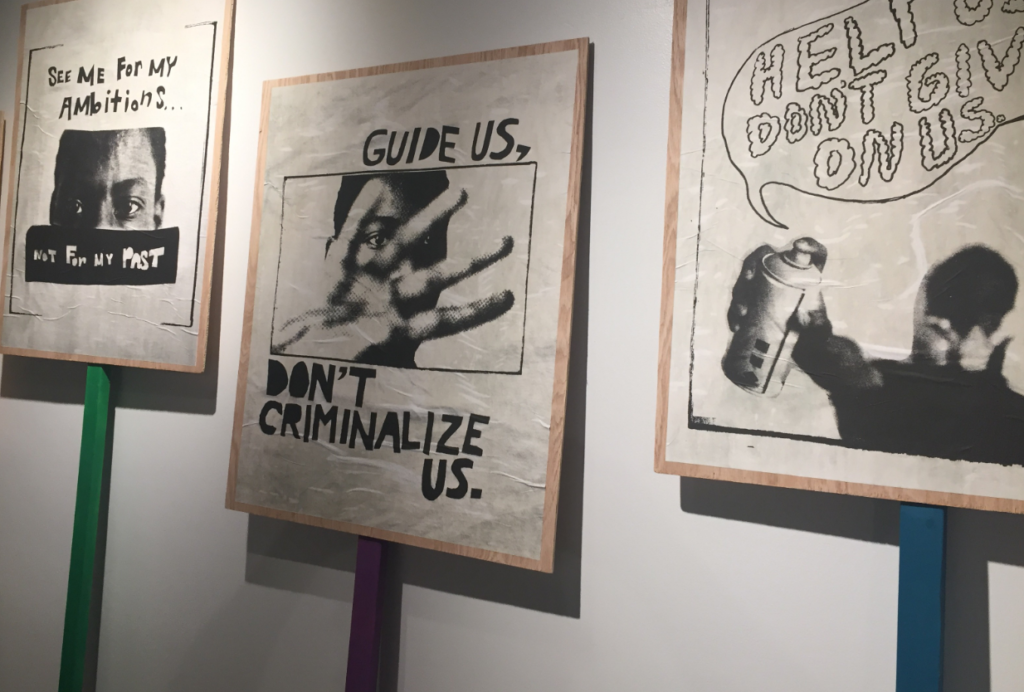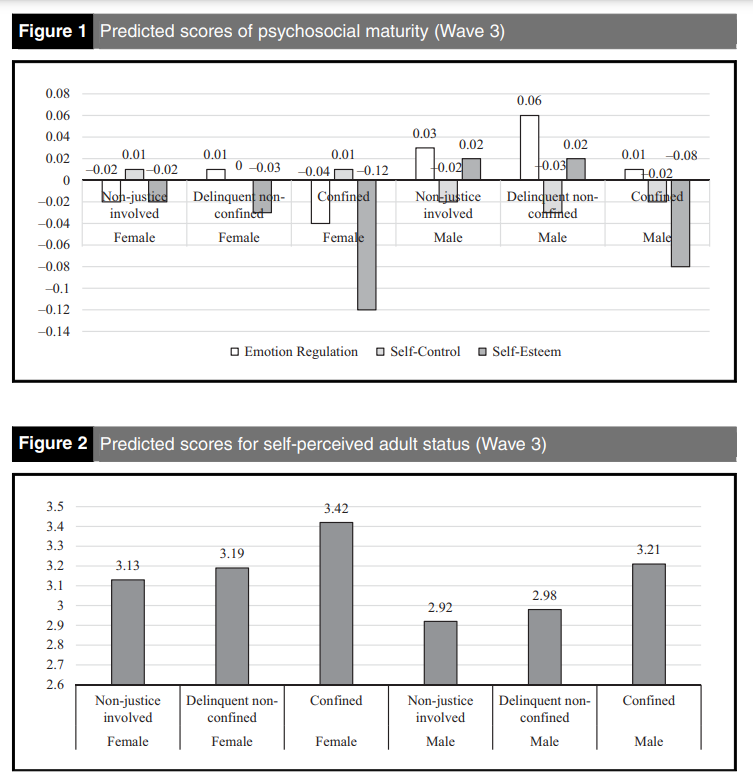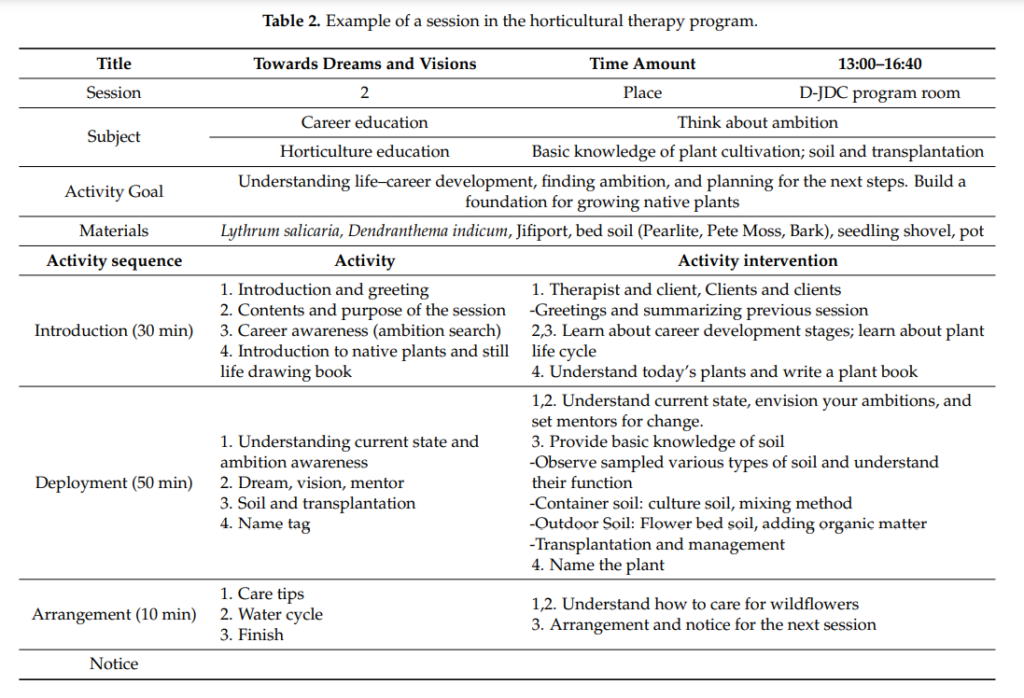
By: Jenna Whitney
Research Question: “How does the physical and social environment around and in juvenile detention centers affect the psychosocial development of the youth that live there?”
Juvenile detention centers are advertised as a way to help troubled kids stay out of trouble and learn from their mistakes. The reality is that juvenile incarceration has a negative effect on the youth and does what it is supposed to fix: it further pollutes the lives of the youth incarcerated.
Overview: Forms of Pollution in Juvenile Detention Centers
Incarcerating the youth has a negative effect on young people’s physical and mental health. Environmental pollution is only one form of carceral pollution found in prisons. We will explore the other negative aspect of juvenile detention centers that pollute the mind and body of the youth that are housed there. Incarceration impedes their education and career exploration, exposes them to more abuse and violence, and overall, is itself a traumatic experience that just exacerbates the difficulties that these kids faced before being incarcerated. Juvenile incarceration is supposed to reduce delinquent behavior and improve public safety, but it fails to meet these core goals that the detention centers are supposed to address. There needs to be community alternatives that advocate for youth in confinement that include mental health and substance abuse services and other programs that improve young people’s wellbeing.
Environmental: Proximity to Superfund Sites
It is known that pollution tends to be closer to prisons. There have been multiple studies on the fact that prisons are built so close to superfund sites: which are highly toxic waste sites. This is its own form of carceral pollution that causes environmental injustice in prisons. Although there are very little studies regarding environmental pollution in juvenile detention centers, after doing further research, I found that many juvenile detention centers are placed near prisons, so that alone causes them to have a higher chance of being in closer proximity to superfund sites. That being said, there was one study that was done that mapped out the proximity of superfund sites to juvenile detention centers. They concluded that a majority of the juvenile detention centers they looked at are within 5-10 miles of a superfund site, which is very concerning to the environmental health of the kids that are placed their. This is its own form of environmental injustice to these youth since they have no choice where they are confined at. The lack of research on environmental pollution in and around juvenile detention centers was also concerning in of itself.
General Health and Mental Health Impacts
There have been studies that have shown that juvenile incarceration leads to poorer health in adulthood. Many young people who are entering these facilities already deal with health issues which are exacerbated after being in confinement. A lack of services allow these health issues to just get worse and/or go untreated. The same goes for mental health services, which are extremely needed in order to better help the youth, not just make their problems worse.
The authors Erickson and Shaefer conducted a study that analyzes whether adolescent correctional confinement affects psychosocial development in early adulthood. Psychosocial development is labeled as the capacity of an individual to learn skills that are important for their development. They also expanded this by looking at decision making that includes impulse control, self-esteem/self-reliance, and perspective with the consideration of the implications of one’s actions on others. They did this study by comparing three groups of adolescents: youth who were arrested and confined, youth who were arrested and not confined, and non-justice youths. By using a group of non-justice youth, they can better evaluate how confinement estimates psychosocial development in young adulthood. In their study, they found that juvenile justice contact does negatively affect and interrupts psychosocial development during the transition to adulthood.

There is another study I found that talks about the negative effects of juvenile incarceration and rehabilitative limitations it has on the youth. They found that incarceration impairs positive psychosocial development and transition into adulthood. It highlights how youth incarceration just exacerbates negative effects on the youth, such as being placed in an environment that has a lack of health, mental health services, as well as a lack of rehabilitative support services that would all ultimately positively affect the psychosocial development of the youth if the detention centers did adequately have these services. It shows how the juvenile detention centers themselves are a pollution to the psychosocial development of these youth.
Conclusion: What Needs to be Done
In conclusion, juvenile confinement has negative effects on the incarcerated youth. The juvenile justice system not only fails to promote public safety, but fails to reduce delinquent behavior, and ultimately harms their physical and mental health, and overall well being. There are a few different suggestions that should be done to reduce this carceral pollution that is being forced on the incarcerated youth. Many youth that are incarcerated are not charged with serious violent offenses. In these cases, juvenile confinement should be avoided and probation and more importantly, community alternatives to confinement should be used in replacement of incarceration. A report done by The Sentencing Project: Research Advocacy for Reform titled, “Why Youth Incarceration Fails” contains some community alternatives to confinement which include:
- Youth Advocate Programs (YAP) offers intensive support and advocacy to 20,000 justice-involved or otherwise at-risk youth and young adults in more than 100 program sites across the country each year.
- Credible messengers is an approach where adults with experience in the justice system, typically from the same neighborhoods where many court-involved youth live, mentor young people and help them develop more positive attitudes and values.
- Intensive multi-pronged family-focused treatment models, such as Multisystemic Therapy (MST) and Functional Family Therapy (FFT), assign specially trained therapists to work with youth and their families for several months. The programs are designed to improve family functioning, identify and address root causes of delinquent behavior, and support meaningful behavior change.
- YouthBuild, an employment-focused program, engages young people in a combination of high school completion, construction skills training, and personal development activities. It operates in more than 200 program sites across the country.
Examples of Other Possible Solutions
There is a program in Brisbane that focuses on providing youth with appropriate mental health and substance abuse services that are otherwise only available outside these institutions. It is called the Mental Health Alcohol Tobacco and Other Drugs Service (MHATODS). The program’s objective is to provide the youth in these detention centers with appropriate mental health and substance abuse services that is usually only available outside these facilities. Thus is important because it addresses the specific needs and issues that a large majority of youth deal with within juvenile detention centers. These kind of programs mostly do not exist in the United States, and this program is a good example of what could be done in juvenile detention centers to address the problems that got them there in the first place, instead of treating them like criminals.
There is another program I found that is a horticultural therapy program to better youth’s overall health and wellbeing. Kim, Park, and Park created a study in which they developed a horticultural therapy program that is aimed to better the youth’s emotional stability and career exploration. Their findings conclude that a horticultural therapy program improved social skills and career exploration of the youth, and had a positive effect on their emotional stability and overall mental health. Creating options like this in juvenile detention centers would have a positive effect on the youth’s psychosocial development and directly helps them explore the idea of a functional world outside of juvenile incarceration.

